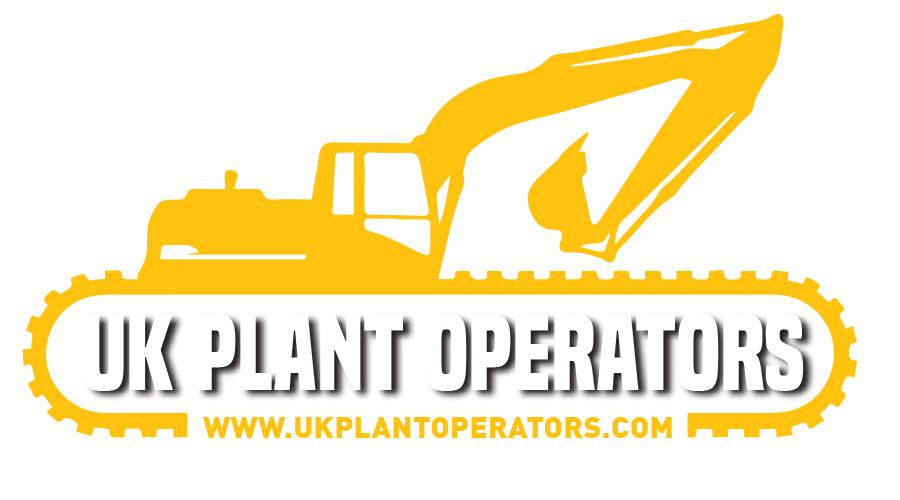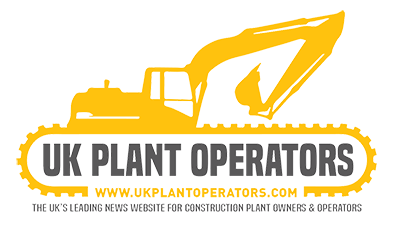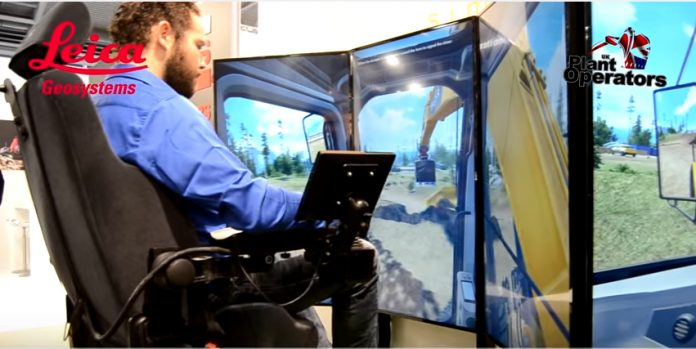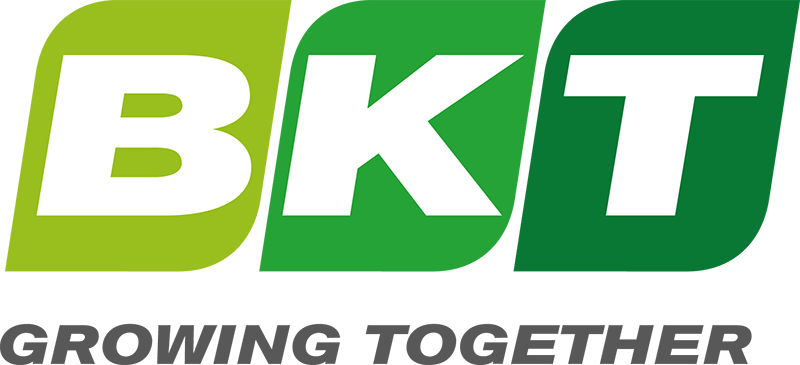![]()
#CITA
The Construction Industry Technology Association
The Construction Industry Technology Association is the brain child of some like-minded Construction companies who see their work environment changing and the need to bring the workforce up to speed. There is also a need to engage and encourage new blood and what better with the new Xbox generation than to showcase the innovation and technologies already present in the industry.
Leica and UK Plant Operators have teamed up at Plantworx 2017 to highlight some of these technologies with a Simulator completion to showcase Machine control. It is from this event they aim to encourage companies within the sectors to come alone to the Leica stand and get involved in an association aimed at highlighting the great technologies within the industry and how we can not only show companies the benefits but to be able to upskill the current workforce into becoming experts within construction technology.
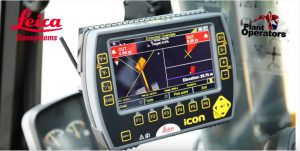
Watch our video displayin the stand at Plantworx 2017
https://youtu.be/zzWkxmjUKAA
Construction Technology has given us the tools and processes now available and it has the power to change the future of the built environment and the world we live in like never before.
The aim of CITA is to help you explore the potential and help companies and individuals to understand how best to adopt and implement them. Helping reduce costs and carbon emissions, improve profitability and efficiency, and create a smarter more diverse industry.
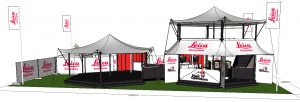 The industry transformation over the past decade has been at such a rate that some of the great innovation has passed by companies who are still unsure what is available and the real beifits – although at a high level companies appreciate what is happening this has still not filtered down to ground level. CITA hopes is to help businesses become more effective through the application of innovative processes and technologies. Whether this is through paperless workflows, connecting your workforce, training & skills, or the way you manage your projects.
The industry transformation over the past decade has been at such a rate that some of the great innovation has passed by companies who are still unsure what is available and the real beifits – although at a high level companies appreciate what is happening this has still not filtered down to ground level. CITA hopes is to help businesses become more effective through the application of innovative processes and technologies. Whether this is through paperless workflows, connecting your workforce, training & skills, or the way you manage your projects.
With the help of the members will explore a range of topics; Investment in R&D and Innovation, industry strategy, Industry Image, Training Funding & Delivery, Productivity and Predictability, Industry Fragmentation, Change Management, Client Alignment, and the innovative solutions and technologies that can assist this transformation and covering BIM, Geospatial, Visualisation, Smart Building, and Industry 4.0 exhibitors, discussing a whole range of ICT solutions, Cloud Computing, Mobile Devices, ERP, CAFM, File Sharing, legal, consultancy, and Cyber Security.
Other areas to get involved with will be collaboration with Machines control partners to produce a network which communicates with all manufacturers products and a Schools program called On Track which will bring Construction and technology to Schools across the country to showcase the industry as a leading innovator within UK Industry.
To better understand some of the subject matter CITA will focus on please find a guide to some of the areas:
BIM
Building Information Modelling is a process that helps support and inform decision-making in the design, construction and management of a building or built asset.
The Building Information Modelling (BIM) process, technologies and collaborative behaviors hold the key to unlock new more efficient ways of working at all stages of the project life-cycle.
Ultimately BIM Level 2 defines what, when and how information should be created, shared and managed. The Government’s BIM mandate has accelerated change in the industry leading to the adoption of new technologies and processes along with more collaborative working.
Construction Equipment Machine Control
The UK is slowly catching up with machine and the way it can greatly reduce costs on the site and reduce potential plant operative interaction and accidents.
Ensuring speed, performance, precision and productivity and Technology that allows faster digging and grading without loss of precision at higher speeds, dramatically increasing machine utilisation and productivity.
Excavators can now take on even more fine grading jobs, allowing contractors to complete their work with fewer machines and helping them to finish their projects ahead of schedule and under budget.
The benefits included Increased excavator’s speed, performance, precision and productivity and uptime due to a 20% decrease in installation time and 30% decrease in calibration time with a reduced need for rework and increased uptime during poor GNSS coverage. The big saving is the over dig protection as a result of this technology and the movement of the machine is shown in real-time on the display, drastically reducing operator error.
VISUALISATION
The emergence of Virtual Reality, and Mixed Reality has revolutionised communication in the built environment. Not just in terms of design but also the way we construct and manage our built assets. Being able to walk the job virtually before each completion stage for briefing and design issues will be invaluable
GEO SPATIAL
The Geospatial Industry is witnessing its biggest ever change. In the digital world, a precise understanding of the physical is essential. It allows us to better understand, plan, predict, and deliver. The storage and transfer of imagery together with the development of associated digital software, maps, and data sets on socioeconomic and environmental phenomena, collectively called geographic information systems (GIS). Greater access and analysis of data provides insight that wasn’t possible years ago, and can help solve some of the many challenges we find in the built environment.
Advances in this area are spawning high-efficiency methods for construction and operations. These include:
Remote Sensing: imagery and data collected from space- or airborne camera and sensor platforms. Some commercial satellite image providers now offer images showing details of one-meter or smaller, making these images appropriate for monitoring humanitarian needs and human rights abuses.
Geographic Information Systems (GIS): a suite of software tools for mapping and analyzing data which is georeferenced (assigned a specific location on the surface of the Earth, otherwise known as geospatial data). GIS can be used to detect geographic patterns in other data, such as disease clusters resulting from toxins, sub-optimal water access, etc.
Global Positioning System (GPS): a network of global Department of Defense satellites which can give precise coordinate locations to civilian and military users with proper receiving equipment.
Internet Mapping Technologies: software programs like Google Earth and web features like Microsoft Virtual Earth are changing the way geospatial data is viewed and shared. The developments in user interface are also making such technologies available to a wider audience whereas traditional GIS has been reserved for specialists and those who invest time in learning complex software programs.
Over the next few years, this will expand to take a wider and deeper place in the construction and operation of buildings and facilities. They will further unlock the opportunities for autonomous vehicles, the future of transport networks and will be pivotal against the backdrop of smart cities and the Internet of Things.
SMART BUILDINGS
The term Smart Building can be designed as the application of interconnected technologies that help make buildings more intelligent and responsive, ultimately improving their performance.
Truly smart buildings deliver better environmental, social and economic conditions for their users and the people around them. They reduce energy consumption, improve occupant productivity and wellbeing. They create built assets that are more efficient to operate and maintain and ultimately more pro table to manage.
INDUSTRY 4.0
Industry 4.0 represents a new way of delivering a better, more efficient and ultimately profitable construction process. From modern methods of construction, offsite & prefabrication, advanced engineering, additive manufacturing, robotics, materials, and plant. Industry 4.0 explores the impact potential of new technologies such as cloud computing and the internet of things, the potential for which is huge no more so than in the built environment.
If your service provision or product is part of the technology revelation you need to get involved please go to www.citauk.org
